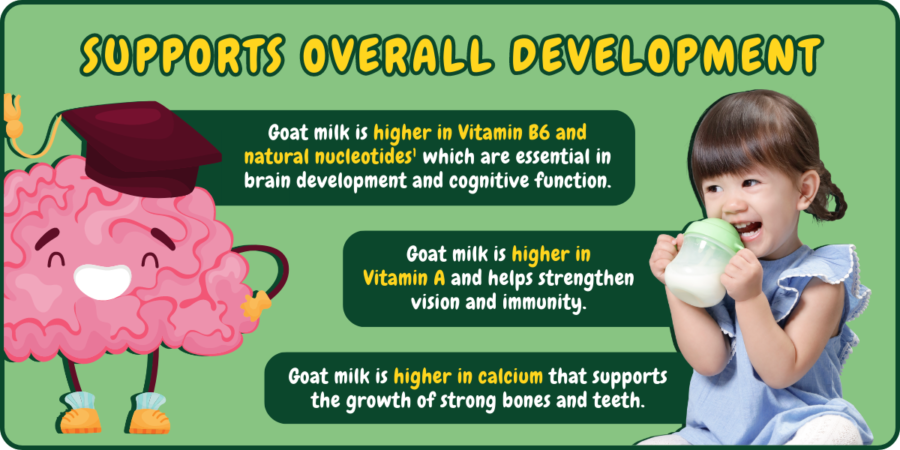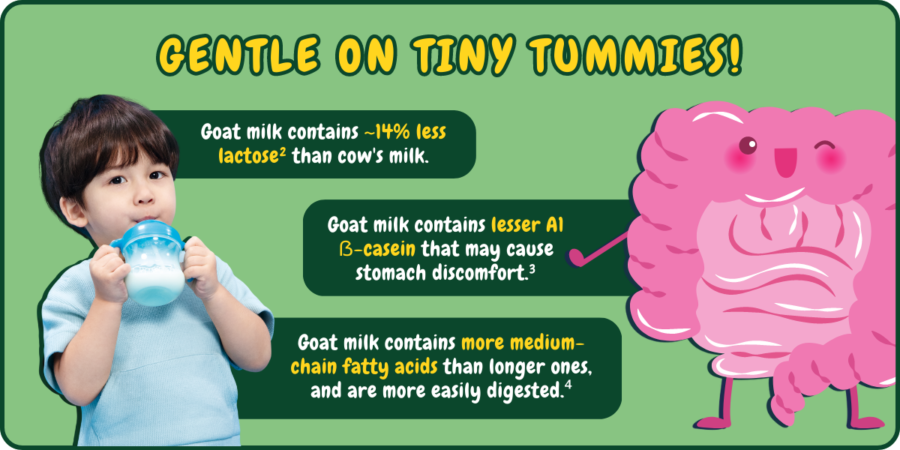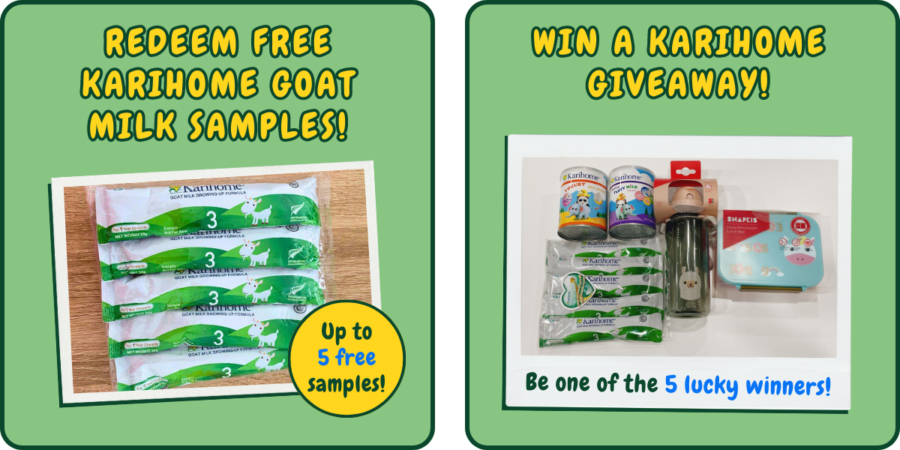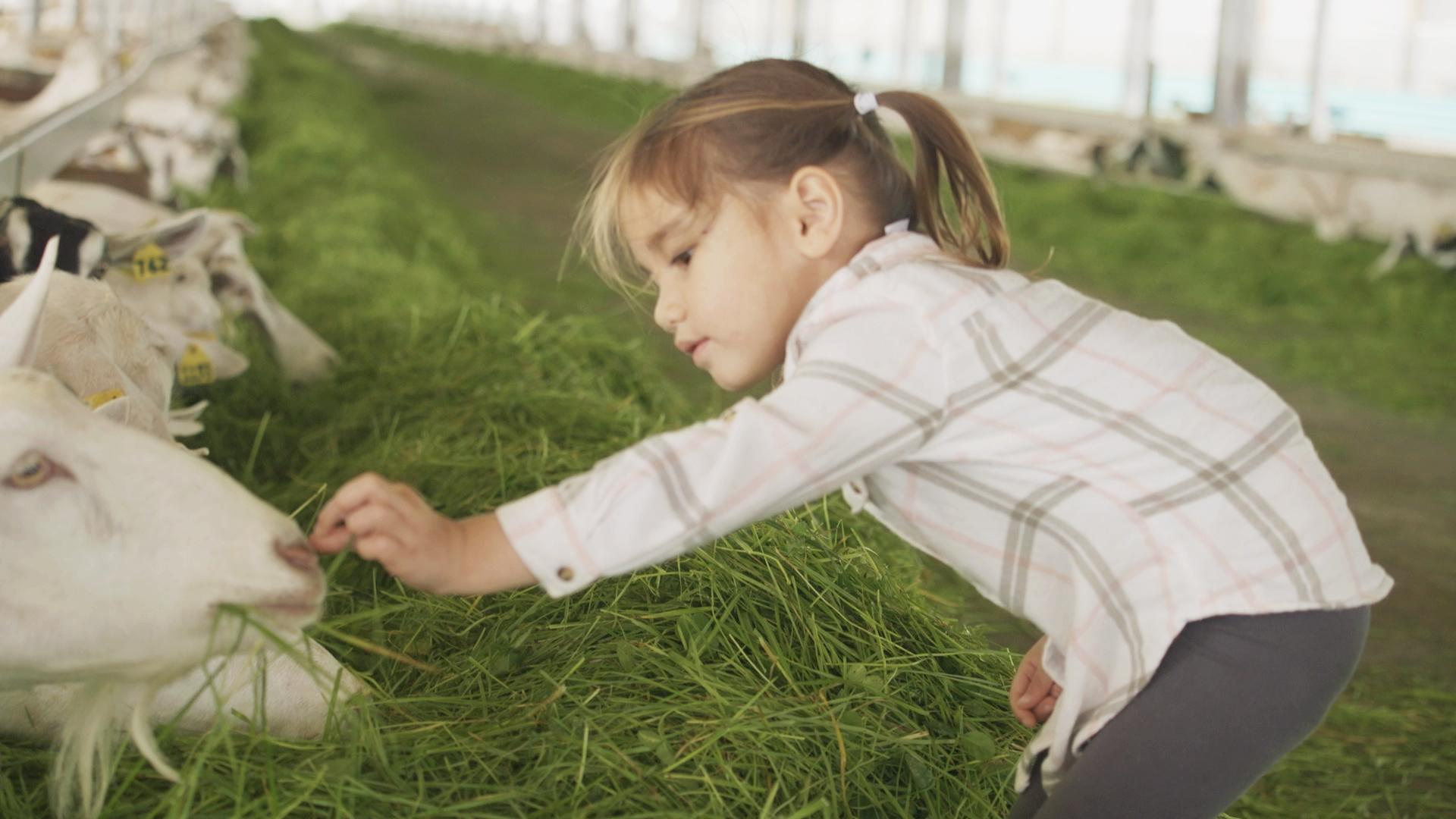As more parents seek out healthier, more natural options for their toddlers, goat milk is emerging as a popular choice. Unlike cow’s milk, which can be difficult for some children to digest, goat milk offers a gentle, easily digestible source of essential nutrients. In this article, we’ll explore 8 key considerations that parents need to look out for and weigh out when selecting a suitable goat milk for their child.

Table of Contents
Toggle#1: Goat Milk is Higher in Certain Nutrients Compared to Cow’s Milk
When it comes to the nutritional content of milk, goat milk and cow’s milk differ in a few ways. While both types of milk are good sources of protein and essential vitamins and minerals, goat milk tends to be slightly richer in some nutrients that are essential for a toddler’s growth and development.
Goat milk typically contains higher levels of calcium, vitamin A, and vitamin B6 than cow milk. Calcium is essential for building strong bones and teeth, while vitamin A plays a vital role in vision and immune function. Vitamin B6 is important for brain development and cognitive function.
Most importantly, goat milk contains 3 times more natural nucleotides compared to cow’s milk¹, thus supporting the immune system and improving the gut health and digestive system of growing toddlers.

#2: Goat Milk as an Alternative to Cow’s Milk for Toddlers with Digestive Issues
Some parents choose goat milk as a milk alternative to help alleviate digestive issues such as lactose sensitivity as well as stomach discomfort in toddlers.
Goat milk is naturally lower in lactose compared to cow’s milk, making it easier for a toddler’s developing body to digest it. Containing approximately 14% less lactose compared to cow’s milk², there is no wonder that goat milk is often the go-to choice for toddlers experiencing digestive issue. Goat milk is also higher in medium-chain fatty acids, which are believed to be more easily absorbed⁴ and utilized by the body due to its shorter chain compared to long-chain fatty acids which are present in cow’s milk at higher levels.
Karihome’s Goat Milk Growing-Up Formula (For 1 – 3 Years Old) is one goat milk formula that contains medium-chain fatty acids that makes digestion and absorption more efficient. But not only that, it also has higher A2 ẞ-casein compared to cow’s milk which is higher in A1 ẞ-casein. As A1 ẞ-casein is known to produce amino acids that cause stomach discomfort³, consuming goat milk which has much lesser of it makes it gentler on a toddler’s tummy.
#3: Nutritional Content of Goat Milk and What a Growing Child Needs from Milk
Goat milk does not contain the same level of vitamin D and iron as cow’s milk. Parents should ensure their child is getting adequate amounts of these nutrients from other sources. Otherwise, parents should ensure that the goat milk they choose for their child is fortified. For example, Karihome’s Goat Milk Growing-Up Formula (1 – 3 Years Old) is fortified with vitamin D3 (or cholecalciferol) as well as iron and zinc that provide support in the development of a child’s immune system.
#4: Choosing Milk from Grass-Fed Goats
Raw milk is dangerous for young children to drink, so parents need to make sure the goat milk is pasteurized to kill harmful bacteria and pathogens that may be present, such as Salmonella, E. coli, and Listeria. It also helps to extend the shelf life of milk by killing other bacteria and enzymes that cause spoilage. On the downside however, heating milk at high temperatures multiple times can denature its proteins and change their structures which can make it harder for tiny tummies to digest.
Unline other milks, Karihome’s Goat Milk Growing-Up Formula (For ) undergoes only a single high-temperature heating, thus preserving its natural protein structure while removing any strong smells from the milk, which then gives it a mild and pleasant taste. At the same time, it employs a proprietary NutriKeptᵀᴹ Technology that preserves its natural bioactive characteristics such as the Sn-2 palmitate and medium-chain fatty acids in the whole goat milk so that it does not denature and can be taken in by the toddler for his developmental benefit.

#5: Pasteurisation
Raw milk is dangerous for young children to drink, so parents need to make sure the goat milk is pasteurized to kill harmful bacteria and pathogens that may be present, such as Salmonella, E. coli, and Listeria. It also helps to extend the shelf life of milk by killing other bacteria and enzymes that cause spoilage. On the downside however, heating milk at high temperatures multiple times can denature its proteins and change their structures which can make it harder for tiny tummies to digest.
Unline other milks, Karihome’s Goat Milk Growing-Up Formula (For ) undergoes only a single high-temperature heating, thus preserving its natural protein structure while removing any strong smells from the milk, which then gives it a mild and pleasant taste. At the same time, it employs a proprietary NutriKeptᵀᴹ Technology that preserves its natural bioactive characteristics such as the Sn-2 palmitate and medium-chain fatty acids in the whole goat milk so that it does not denature and can be taken in by the toddler for his developmental benefit.
#6: Fortification
Goat milk formulas may also be fortified with additional vitamins and minerals to enhance its nutritional value. As goat milk, like cow’s milk, generally contain lower levels of DHA which are essential in the eye and brain development in young children, Karihome’s Goat Milk Growing-Up Formula (For ) is fortified with DHA from marine fish oil powder. Together with vitamin B6 that’s already present in goat milk, they both enhance brain development in toddlers.
#7: Packaging
Typically, goat milk that is specifically made for young children comes in powder form. Powdered goat milk goes through a spray drying process that removes most of the water content from the milk and helps to preserve it for longer storage periods without refrigeration, thus extending its shelf-life.
Conclusion
Having weighed out the different points of consideration, the last factor and likely one the more important factors that determines whether your child switches to goat milk or not, is your child’s acceptance of goat milk — or not.

As a parent, you would want to find out first if your child is receptive to goat milk before you invest in it completely. You’re in luck! Now’s your chance to redeem 5 sample sachets* of Karihome’s Goat Milk Growing-Up Formula. Simply register in the link below and have the samples delivered to your mailbox.
Register for Your Free Karihome Goat Milk Samples Here: https://bit.ly/2Xq2Vt7
Plus, be one of 5 lucky winners to win a Karihome Giveaway Set!
Like Karihome Singapore’s Facebook Page and answer the following questions on Supermom’s Facebook Page:
- Goat milk can help to enhance your child’s immune system, improve the gut health and digestive system of growing toddlers as goat milk contains X times more natural nucleotides. What is X?
- What proprietary production technology does Karihome use to preserve the goodness in goat milk?
- Goat milk is known to be gentler on little tummies as it contains higher or lower levels A2 ẞ-casein compared to cow’s milk?
Prize
- Karihome Assorted Tasty Milk Tablets x 1
- Karihome Yogurt Tasty Milk Tablets x 1
- Snapkis Water Straw Water Bottle x 1
- Snapkis Lunch Box x 1
- Karihome Growing-Up Sample Sachets x 5
Items 3 – 4: Designs will be given at random.
Since 1991, Karihome has incorporated studies conducted by medical and infant experts internationally to develop products most suitable for infants and toddlers in the Asian-Pacific region, with stringent quality control. Karihome is also the first goat IMF to conclude clinical trials and is the first to be approved by the European Food Safety Authority (EFSA).
References:
- Prosser, C. G., McLaren, R. D., Frost, D., Agnew, M., & Lowry, D. J. (2008). Composition of the non-protein nitrogen fraction of goat whole milk powder and goat milk-based infant and follow-on formulae. International Journal of Food Sciences and Nutrition, 59(2), 123-133. https://doi.org/10.1080/09637480701425585
- Clark, S., & Mora García, M. B. (2017). A 100-Year Review: Advances in goat milk research. Journal of Dairy Science, 100(12), 10026-10044. https://doi.org/10.3168/jds.2017-13287
- Jianqin, S., Leiming, X., Lu, X., Yelland, G. W., Ni, J., & Clarke, A. J. (2015). Effects of milk containing only A2 beta casein versus milk containing both A1 and A2 beta casein proteins on gastrointestinal physiology, symptoms of discomfort, and cognitive behavior of people with self-reported intolerance to traditional cows’ milk. Nutrition Journal, 15(1), 35. https://doi.org/10.1186/s12937-016-0147-z
- Lindquist, S., & Hernell, O. (2010). Lipid digestion and absorption in early life: An update. Current Opinion in Clinical Nutrition & Metabolic Care, 13(3), 314-320. https://doi.org/10.1097/MCO.0b013e328337bbf0




1. X is 3
2. proprietary NutriKeptᵀᴹ Technology
3. Higher level A2 ẞ-casein